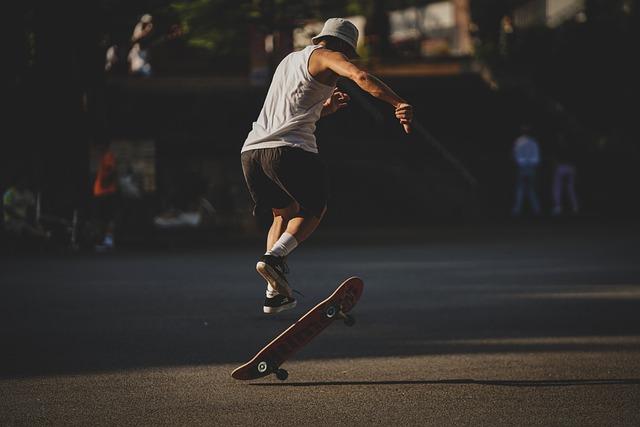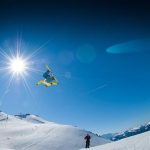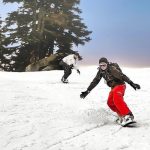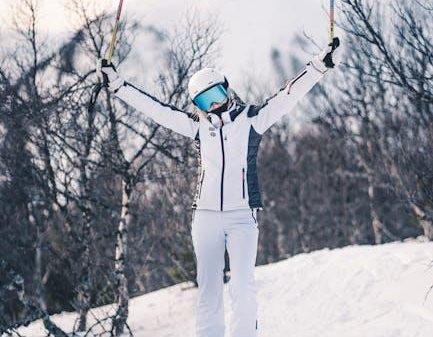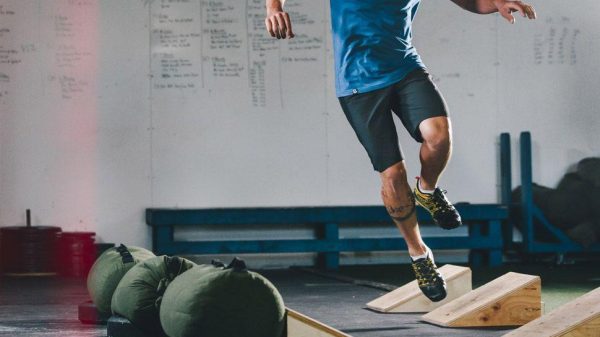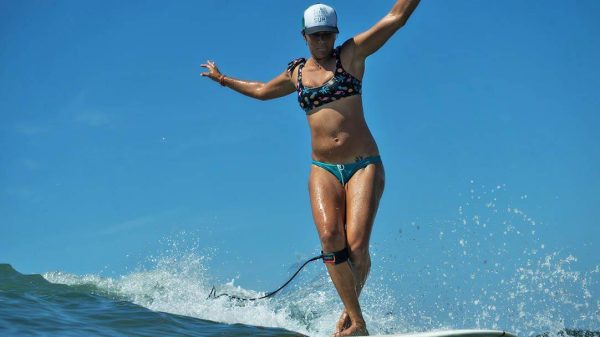Skateboarding is not just about mastering tricks and perfecting your balance; it’s also about cultivating the flexibility that allows you to flow seamlessly with your board. Whether you’re a seasoned skater or a beginner eager to enhance your skills, improving your flexibility can be a game-changer in your skateboarding journey. By incorporating specific exercises into your routine, you can increase your range of motion, reduce the risk of injuries, and perform with greater agility and confidence. In this article, we will explore the best exercises designed to boost your flexibility, ensuring that you’re not only ready to take on new challenges but also to enjoy every ride with grace and ease. So grab your mat, clear some space, and let’s dive into the world of flexibility exercises that will elevate your skateboarding experience to new heights!
Unlock Your Potential with Dynamic Stretching Techniques
Discover the power of dynamic stretching to elevate your skateboarding game by enhancing flexibility and agility. These techniques are not only essential for improving your range of motion but also for reducing the risk of injury. Dynamic stretching prepares your body for the explosive movements in skateboarding by mimicking the actions you’ll perform on your board. To get started, incorporate these exercises into your routine:
- Leg Swings: Stand next to a wall or railing for support. Swing one leg forward and backward, then side to side, keeping movements controlled. This helps in loosening up your hip flexors and hamstrings.
- Arm Circles: Extend your arms out to the sides and make small circles, gradually increasing to larger circles. This boosts shoulder flexibility, crucial for maintaining balance and performing tricks.
- Walking Lunges: Step forward with one leg, lowering your hips until both knees are bent at about a 90-degree angle. Push through the front heel to return to standing. This exercise enhances hip flexibility and strengthens your core.
- Torso Twists: Stand with feet shoulder-width apart and rotate your torso side to side, keeping your hips facing forward. This is excellent for spinal mobility and preparing your body for the twists and turns on the board.
Embrace these movements to unlock a new level of performance, making every trick feel smoother and every ride more enjoyable. Remember, consistency is key to seeing improvement in flexibility and overall skateboarding prowess!
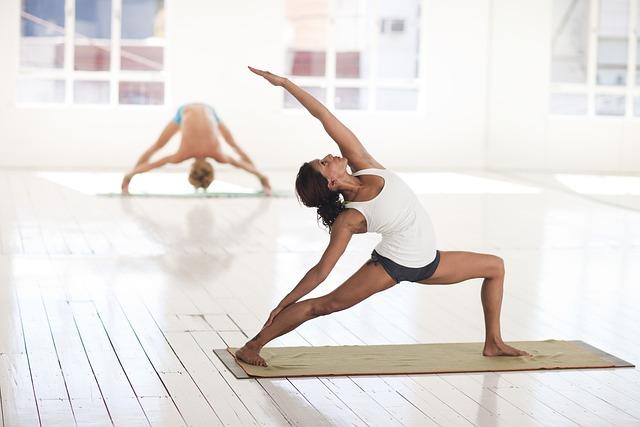
Master Balance and Control with Yoga Poses
Yoga is a transformative practice that offers skateboarders the opportunity to enhance their balance and control, two critical components for mastering the sport. By incorporating specific yoga poses into your routine, you can build core strength, improve stability, and refine your coordination, all of which translate to more confident and fluid movements on the board. Consider integrating the following poses into your practice:
- Tree Pose (Vrksasana): This pose helps develop single-leg balance and concentration, essential for executing tricks. Focus on grounding through your standing foot while maintaining a strong core.
- Warrior III (Virabhadrasana III): A powerful posture that enhances both balance and core engagement, simulating the posture and focus needed during skateboarding maneuvers.
- Eagle Pose (Garudasana): Promotes flexibility and stability, encouraging a deeper awareness of your body’s alignment and control.
Practicing these poses regularly not only aids in achieving physical balance but also cultivates a mental steadiness that can significantly impact your skateboarding performance. Embrace the flow of each movement, and watch as your skills on the board reach new heights.
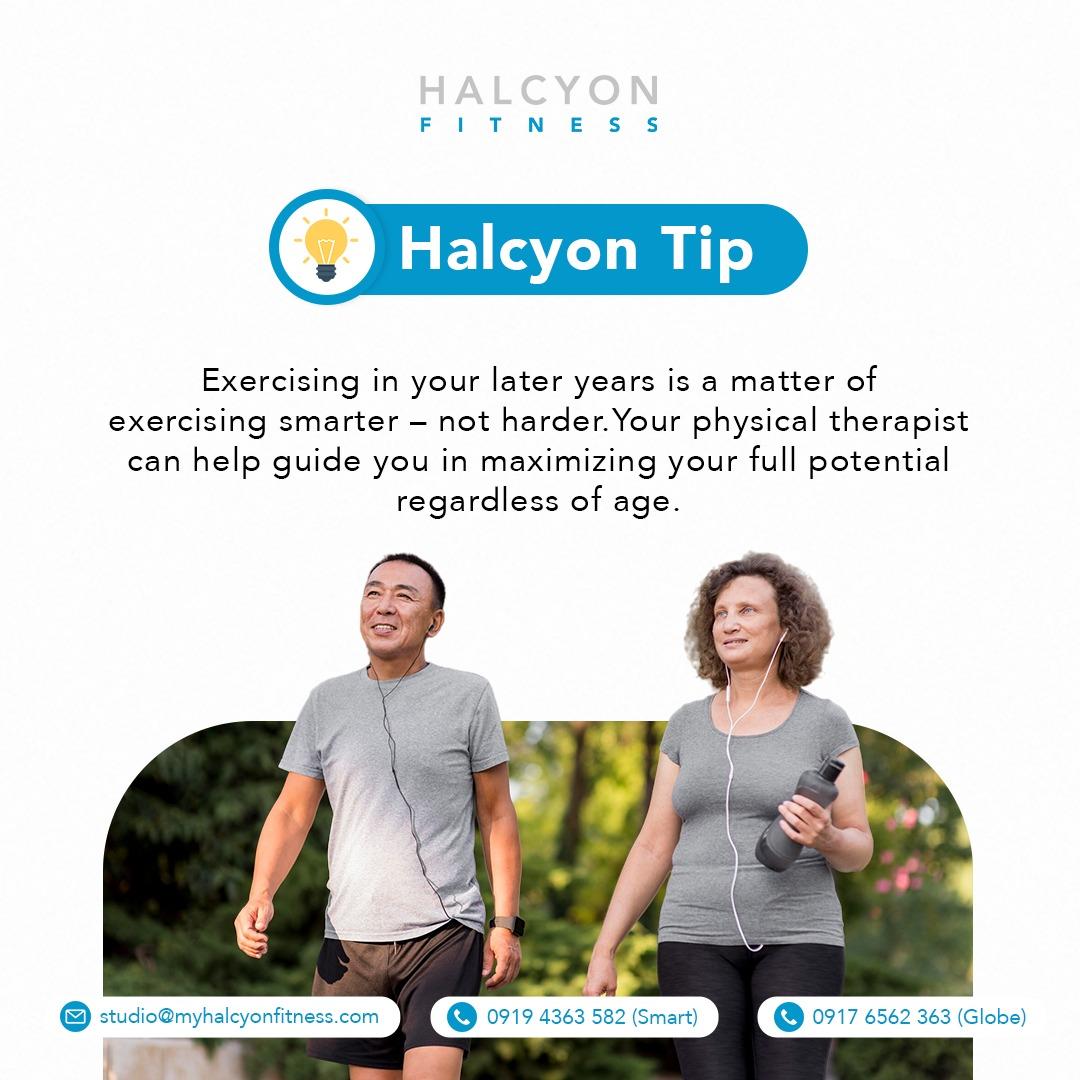
Enhance Your Range of Motion with Targeted Pilates Exercises
Unlocking your full skateboarding potential begins with embracing a flexible body. Incorporating Pilates into your routine can significantly enhance your range of motion, allowing you to execute tricks with precision and grace. Focus on exercises that target key muscle groups for skateboarding, ensuring you maintain balance and agility. Here are some effective Pilates exercises to integrate into your training:
- Spine Stretch Forward: This exercise helps in elongating the spine and increasing flexibility in the back and hamstrings. Sit tall with your legs extended in front of you, and as you exhale, reach forward with your arms, creating a deep stretch in your spine.
- Single Leg Circles: Enhance hip flexibility and core stability with this move. Lying on your back, extend one leg towards the ceiling and make small, controlled circles. This exercise will aid in smooth transitions and quick foot movements on the skateboard.
- Roll Over: Perfect for stretching the back and improving abdominal strength. Begin lying flat, lift your legs overhead, and slowly roll them back until your toes touch the floor behind you. This move fosters spinal flexibility crucial for aerial tricks.
These exercises not only boost flexibility but also build strength, making every skateboarding session more enjoyable and injury-free. Incorporate them regularly, and watch your skateboarding skills soar to new heights.

Boost Your Performance with Foam Rolling and Recovery Tips
Integrating foam rolling into your skateboarding routine can significantly enhance your flexibility and performance. By releasing tension and increasing blood flow to your muscles, foam rolling helps to prevent injuries and promote faster recovery. Here are some effective techniques to incorporate into your regimen:
- Quads and Hamstrings: Roll the foam from your hip to your knee to loosen up tight quadriceps and from your knee to your glutes for the hamstrings. This helps in maintaining a balanced posture and prevents muscle strain during tricks.
- IT Band: Lie on your side with the foam roller positioned under your hip. Roll down to your knee, targeting the iliotibial band. This is crucial for skateboarders to stabilize knee movements and improve lateral flexibility.
- Calves: Elevate your calves on the roller, using your hands to lift your body and roll from the ankle to the knee. This practice aids in enhancing ankle flexibility, crucial for swift foot movements.
In addition to foam rolling, adopting recovery tips such as hydration, proper nutrition, and adequate rest will ensure your body remains in peak condition. A balanced approach to recovery can make all the difference in achieving those smooth landings and mastering new tricks.
